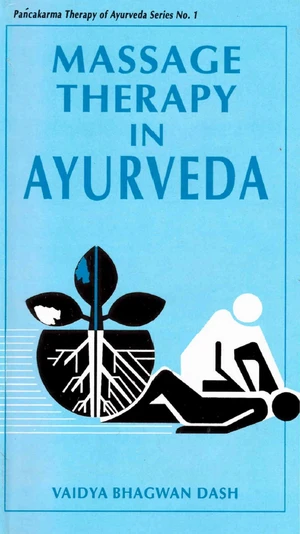Meat consumption varies worldwide, depending on cultural or religious preferences, as well as economic conditions. Vegetarians choose not to eat meat because of ethical, economic, environmental, religious or health concerns that are associated with meat production and consumption. Meat hygiene is a complex field, based on regulations by competent authorities and meat plant internal hygiene programmes, to be supervised by the plant management. Those programmes will only be successful if meat plant staff are familiar with and active in observing basic hygiene requirements. In order to facilitate the application of hygiene requirements. In meat-product manufacturing, the basic processing technologies, such as cutting and mixing, are accompanied by various additional treatments and procedures, depending on the type and quality of the final product. Such treatments involve curing, seasoning, smoking, filling into casings or rigid containers, vacuum packaging, cooking or canning/sterilization. Due to the importance of these procedures, suitable and up-to-date techniques for carrying out these processes and the equipment needed are described in separate chapters but are also referred to in the manual in connection with the respective product groups. This book is broadly covering fresh meat and aquatic foods, their processing, preservation, packaging standards and biotechnological applications in this specialized field.
Price history
Nov 19, 2022
€388.63

